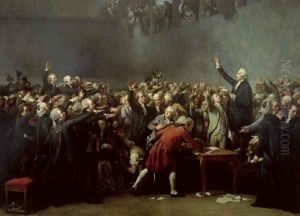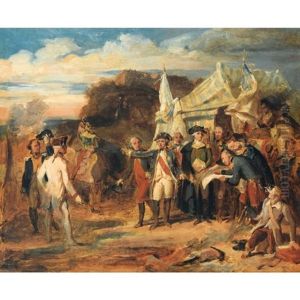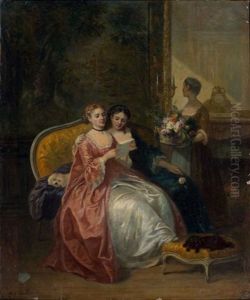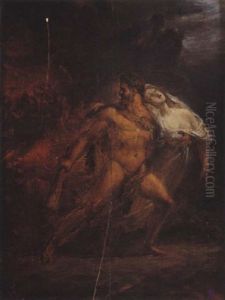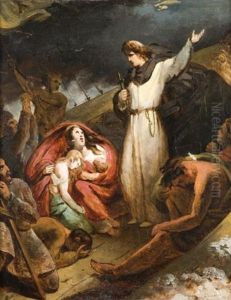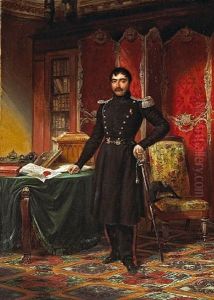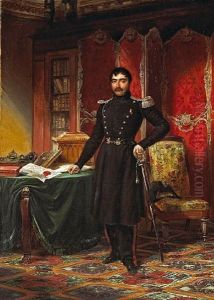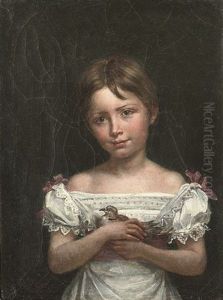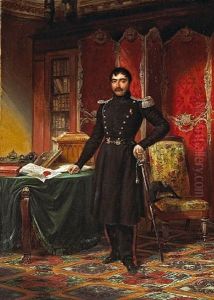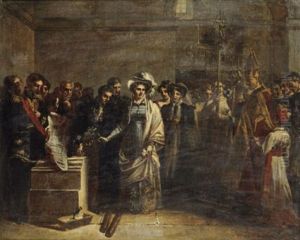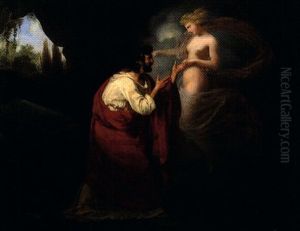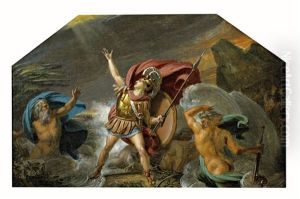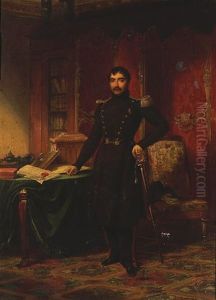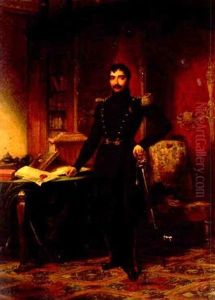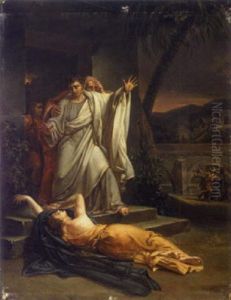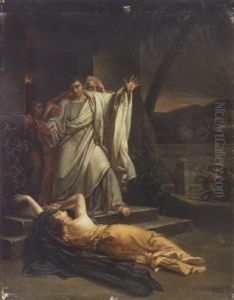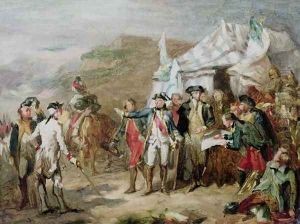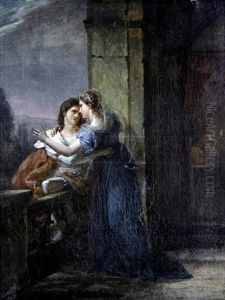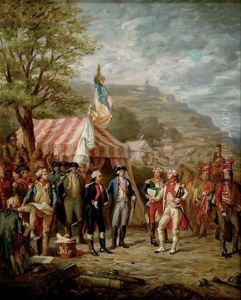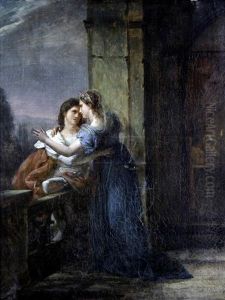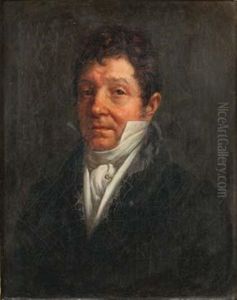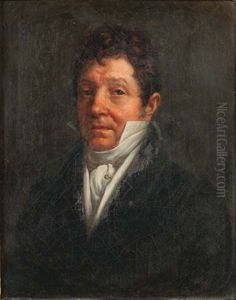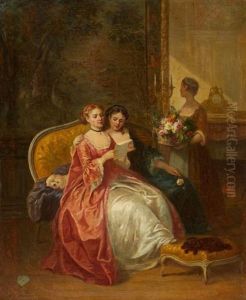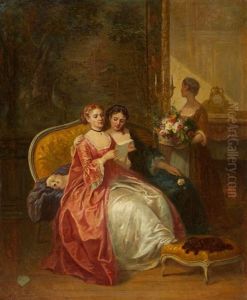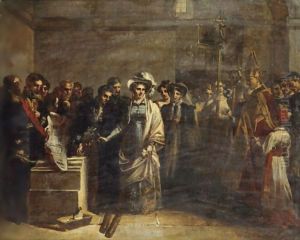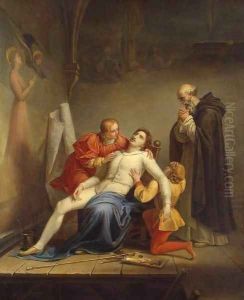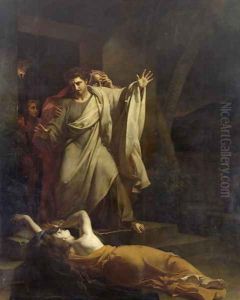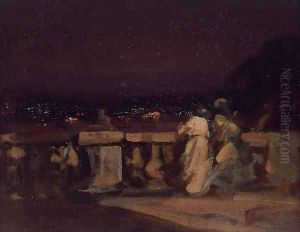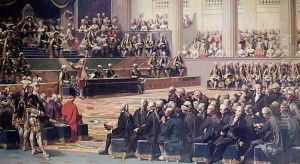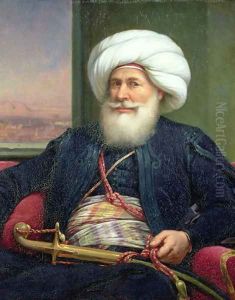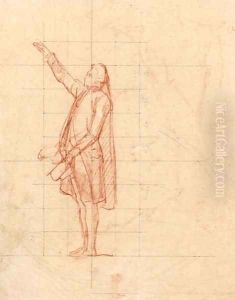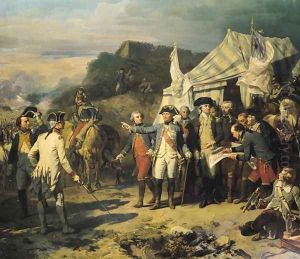Louis Charles Auguste Couder Paintings
Louis Charles Auguste Couder was a French painter and illustrator born in the tumultuous world of 1789, the year marking the beginning of the French Revolution. He navigated a path through the evolving artistic and political landscapes of France, establishing himself as a respected figure in the world of 19th-century European art. Couder's career spanned the Napoleonic era, the Restoration, the July Monarchy, and into the Second Empire, periods that were marked by significant social and political upheavals.
Couder studied under Jean-Baptiste Regnault and Jacques-Louis David, two giants of French art, who were instrumental in shaping his classical style. His education was grounded in the rigorous study of the human form and the classical ideals of beauty, which were popular during the Neoclassical period. As his style matured, Couder became known for his historical paintings, portraits, and also for his work as a lithographer, contributing to the popular medium of his time.
He exhibited at the Paris Salon, the official art exhibition of the Académie des Beaux-Arts in Paris, for the first time in 1812. Over the years, Couder achieved significant recognition, receiving various awards and honors. His works were celebrated for their clarity, attention to detail, and historical accuracy, qualities that made him a favored artist for public commissions. Notably, Couder was involved in the decoration of several important public buildings in Paris, including the Louvre and the Palace of Versailles. His contributions to the Versailles were particularly significant, where his paintings helped to illustrate the grandeur and glory of French history, aligning with the tastes and ideologies of the time.
Throughout his career, Couder also engaged with educational roles, reflecting his commitment to the academic traditions of art. His legacy, while perhaps not as widely recognized as some of his contemporaries, remains important for understanding the complexities of French art in a century characterized by radical change and continuity. Louis Charles Auguste Couder died in 1873, leaving behind a body of work that continues to be studied for its contributions to the Neoclassical and Romantic movements in French art.
